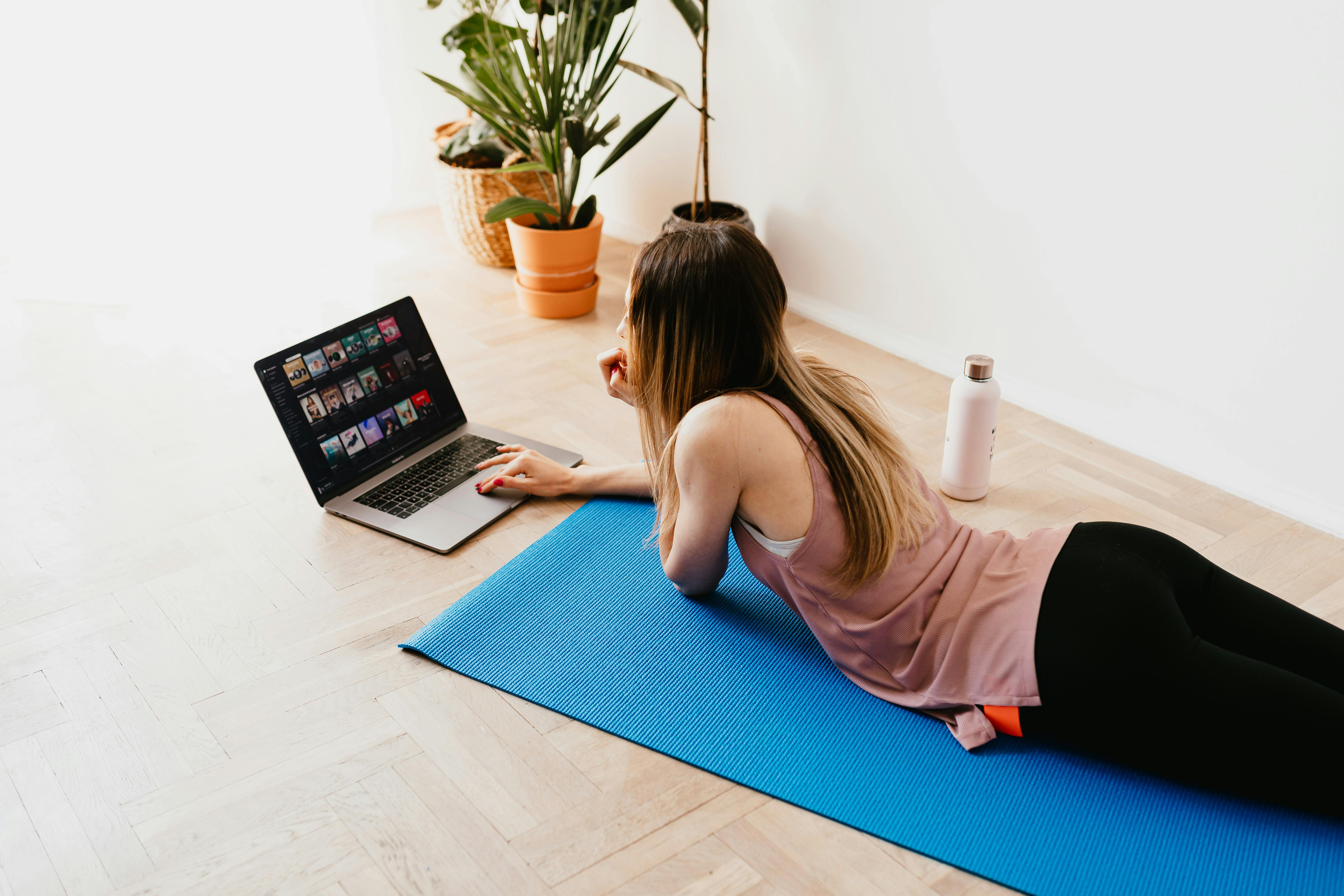
Transforming At-Home Workouts With AI-Powered Personalized Fitness Plans
Many people find home workouts can become monotonous, yet artificial intelligence introduces new excitement to exercise routines. AI-powered applications monitor your development, recommend exercises, and modify your fitness plans as you reach new milestones. By providing updated routines and personalized suggestions, these tools help eliminate uncertainty and encourage you to stay consistent. With real-time feedback and coaching based on your performance, working out at home can feel much more engaging. Using AI-driven guidance, you gain support similar to having a personal trainer by your side, making it easier to stay motivated and achieve your fitness goals without leaving your living room.
This shift started when fitness apps began using simple trackers. Today’s AI systems analyze heart rate variability, motion patterns, and user feedback. They combine these inputs to craft workouts that challenge you just enough to spark progress. As the technology evolves, it blends convenience and precision, making it easier to stay consistent and see real results.
The Growth of AI in Fitness
- Smart sensors: Wearable devices now monitor metrics such as heart rate, sleep quality, and recovery time.
- Machine learning algorithms: These tools learn your fitness level, preferences, and schedule to create personalized workout plans automatically.
- Virtual coaching: Platforms deliver video-based guidance, correct your form in real time, and offer personalized encouragement.
Advances in smartphone cameras and computer vision allow apps to evaluate your exercise form. This technology flags mistakes and suggests corrections on the spot. Instead of generic tips, you get specific advice—like adjusting your squat depth or aligning your shoulders during push-ups.
Cloud computing powers constant updates, so your AI coach becomes smarter as you train. With each session, the system captures new data and refines plans. These real-time improvements help you push past plateaus and prevent injuries.
How AI Personalization Works
- Data collection: The app gathers your fitness metrics through wearables, phone sensors, and manual inputs.
- Profile analysis: Algorithms evaluate your current strength, endurance, mobility, and goals.
- Workout generation: Based on analysis, the system designs a sequence targeting your needs—cardio, strength, flexibility, or recovery.
- Feedback loop: After each session, you rate difficulty or log soreness, and the AI adjusts intensity or rest periods.
- Progress tracking: Visual dashboards highlight improvements in stamina, muscle tone, or weight loss.
Behind the scenes, these steps rely on supervised learning models trained on thousands of user profiles. The AI recognizes patterns—such as how beginners respond to certain workouts—and applies that knowledge to your plan. Over time, it predicts the best frequency, duration, and exercise mix to keep you challenged without risking burnout.
This ongoing cycle of data intake, analysis, execution, and refinement makes personalized training scalable. Instead of a one-size-fits-all routine, you get an evolving plan that mirrors the guidance of a seasoned trainer.
Main Benefits of AI-Driven Home Workouts
AI-powered fitness overcomes common barriers. It adjusts to your schedule, so you no longer skip sessions because you lack time or energy. Precise pacing reduces injury risk by preventing overtraining. When fatigue appears, the system automatically swaps in a recovery day or a gentle stretch sequence.
You gain access to advanced analytics without paying premium fees. Many AI platforms offer tiered plans, giving entry-level users free metrics and basic routines. Upgrade options unlock deeper insights, like muscle activation heatmaps and sleep pattern correlations. This flexibility encourages long-term commitment and consistent improvement.
Getting Started with AI Tools at Home
Begin by selecting an AI fitness app compatible with your devices. Look for options supporting your wearable or offering camera-based form analysis. If you already own a smartwatch, find an app that taps into its sensors directly to avoid extra gear. For beginners, a free trial helps you test features before subscribing.
Set clear, measurable goals. Instead of vague aims like “get fit,” define milestones—such as improving your 5K run time by two minutes or completing 20 consecutive push-ups. Share these targets with the AI system so it can craft a timeline and adjust workouts to keep you on track.
Tips for Staying Engaged and Consistent
- Schedule workouts as if they were meetings. Treat them with the same priority to avoid skipping sessions.
- Use reminders and timer alerts from the app to stay accountable. Let the AI send notifications when it’s time to warm up or cool down.
- Mix different exercise types. Alternate HIIT, yoga, strength, and mobility sessions to keep your weekly plan fresh.
- Share your achievements. Many platforms let you post badges or milestones within their communities to encourage friendly competition.
- Track non-fitness metrics. Log your sleep quality or water intake in the same app to help the AI consider recovery.
Visual cues matter. Position your phone or tablet where you can clearly see form corrections and timers. Choose a well-lit spot so camera-based systems capture every movement. These small adjustments significantly improve accuracy and performance.
Create a dedicated workout corner. A tidy space free of clutter helps you focus and encourages consistency. Keep your device charged and accessories—like resistance bands or light dumbbells—within arm’s reach for seamless transitions.
AI-driven home fitness offers personalized workouts with real-time feedback and motivational tools. These technologies adapt to your progress, making exercise more effective. Try them to see your fitness improve consistently.